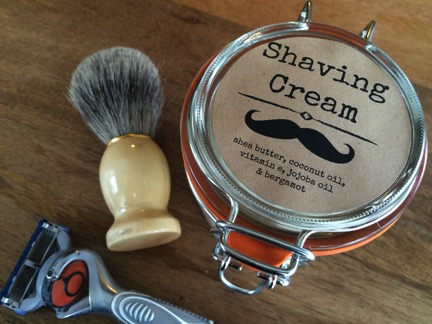Soap making supplies involve using multiple ingredients, including oils. Choosing the right fragrance depends on the retention or subtle tones. At Bulk Apothecary, we offer fragrance oils formulated for both cold and hot process projects, including lavender, sandalwood, and amber. Here’s how to choose the right oils for your soap making projects:
Understanding Fragrance vs Essential Oils
Fragrance oils are synthetic or semi-synthetic blends. They offer a broader variety of aroma profiles, such as Gardenia, Sandalwood, and Amber, as well as unusual notes. Because of how they’re formulated, many fragrance oils are key for soap making supplies. This allows the scent to stay strong after curing and while you use them.
Essential oils are extracted from plants and carry natural notes. They offer various benefits, whether it’s therapeutic or botanical. When selecting oils, make sure the fragrance or essential oil is safe for use in soap making. Some methods include hot, cold, and melt-and-pour processes.
Matching Oils to Soap Type and Process
The hot, cold, or melt-and-pour process affects which oils to use and their scents. In the cold process method, where lye and oils react over time, certain oils can accelerate the reaction or alter the texture of the finished product. Some fragrance oils are formulated for CP or HP stability. This helps avoid issues such as seizing or accelerated trace when making soaps. These oils may fade or lose subtle notes during curing. Review the unsaponifiables and atty acid profiles of base oils. Oils such as coconut, olive, palm, or shea butter offer distinct qualities, including hardness, moisturizing properties, lather volume, and more. At Bulk Apothecary, we recommend testing small batches first to see how the fragrance oil affects the soap and whether the scent stays strong after curing.
Testing Safety and Skin Reaction
Whether you’re using fragrance or essential oils, make sure they are safe for your skin. Some oils, such as cinnamon bark, clove, or some citrus scents, may irritate sensitive skin. Make sure you review the supplier’s safety data and verify IFRA compliance. At Bulk Apothecary, our oils are labeled for various processes, allowing you to determine whether they’re suited for your specific method.
Blending Fragrance Profiles
After the soap has cured, review its color. Note any changes in texture, speed of trace, or whether the scent stays strong. This helps you learn which oils perform well in recipes and in your climate. It also helps form your preferences in soap making. Combining fragrance or essential oils allows you to create unique profiles, such as a gardenia fragrance with citrus essential oils. When blending, take care that you review how different oils interact, as some may dominate with strong scents while others fade.
Use Soap Making Supplies
Choosing the right oils for soap making involves stability, safety, and fragrance profiles. Comparing various oils to the soap-making process allows you to create products that offer unique scents and texture blends. At Bulk Apothecary, we offer a wide range of fragrance oil options, including gardenia, sandalwood, amber, lavender, and many more. Start with small batches, review the soaps during the curing process, and blend oils to create various scents. Explore our website today to find the supplies and oils you need to start the soap making process.


